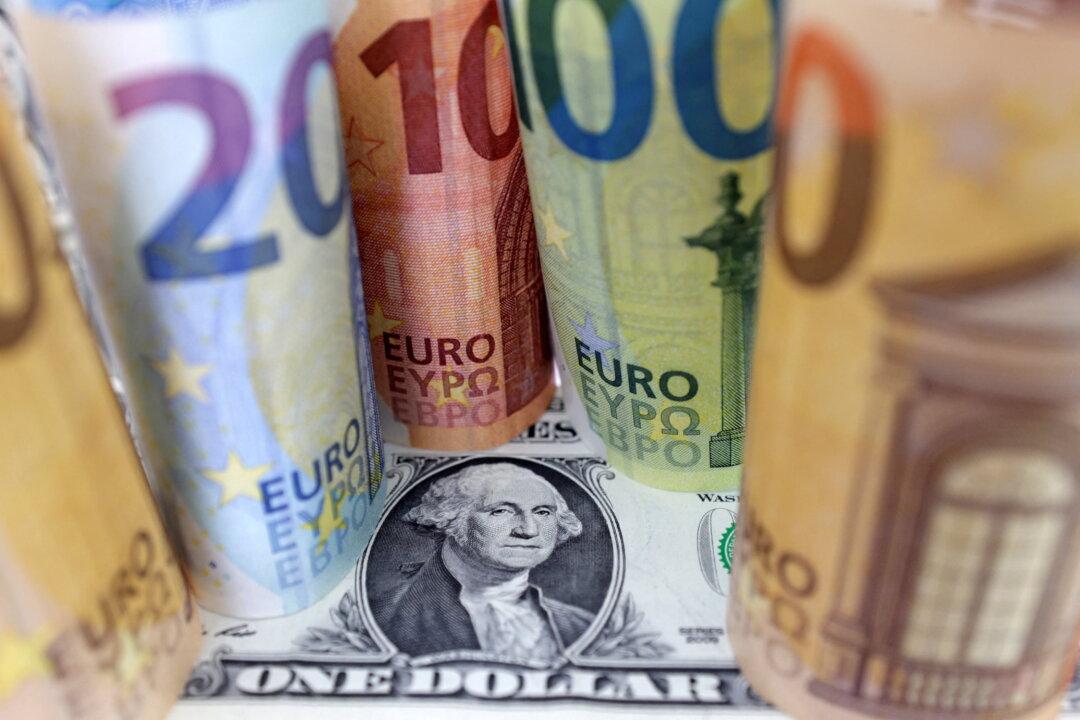SYDNEY/LONDON—The dollar wobbled lower on Thursday, resuming its slide from early in the week, as investors looked ahead to U.S. labor and inflation data for any sign of softness that could signal an eventual slowdown in U.S. rate hikes.
After surging on Wednesday, the greenback struggled to hold its gains, and the euro climbed around 0.3 percent to as high as $0.9927, trying but failing to break back above parity against the dollar, but holding clear of its 20-year low of $0.9528 hit last week.





